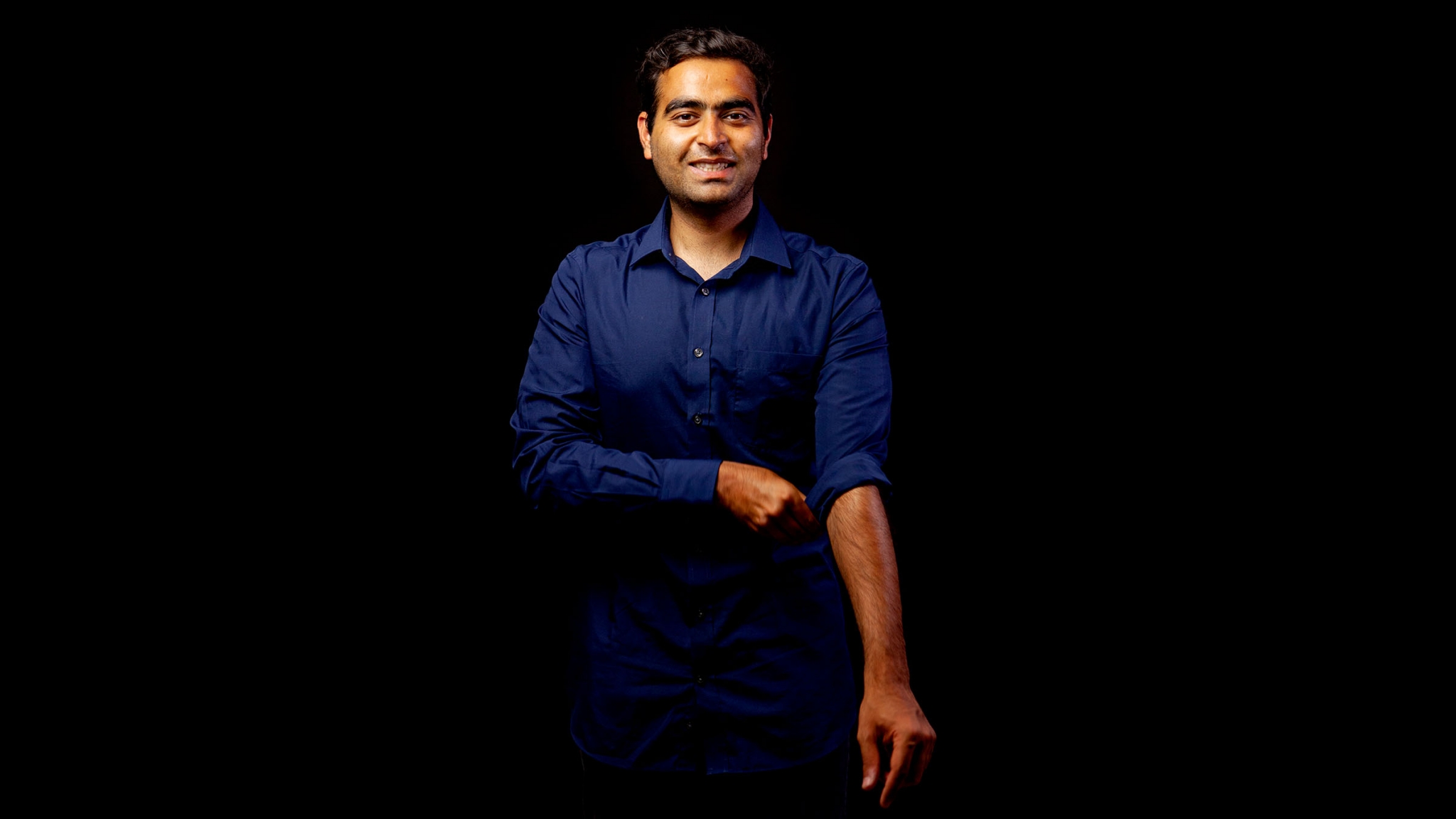Consumers are hungrily seeking to implement sustainable practices into everyday life in their homes. Appliance manufacturers must answer this call with ingenuity, utilizing only the best materials with the lowest carbon footprint.
Studies show a clear emphasis on individual consumers looking to purchase more sustainably. In the face of climate change, this trend is likely to increase across all industries. Appliance manufacturers with a true focus on sustainability will gain the upper hand in global markets of the future.
Dushyant Manchandia, Specialist on Climate Change and Sustainable Consumption at Finnish Innovation Fund Sitra, shares his insights on the topic. 
Studies show a growing trend of consumers seeking authentically sustainable options from companies they can trust
Dushyant notes a rising movement based on individual autonomy with regards to sustainability:
"More and more, people are waking up to the fact that while they can’t do everything to combat climate change, there is still a lot they can do as individual citizens.”
This is especially true through their purchasing power. He believes there is potential to cultivate a vast, untapped market for companies who are ready to go all in with sustainability at the core of their products, their marketing strategy, and their entire business mindset.
Are you communicating clearly about your material choices and scope 3 emissions?
Dushyant points out that in-depth information about products is more prevalent today than it ever has been. The standards for specific sustainability data are high and rising.
Sustainable material choices play a major part in the total CO2 impact of any household appliance. Try these tips to communicate your sustainability efforts accurately and effectively to the end consumer:
- Let the consumer in on the reasons behind your material choices.
- Assess the carbon emissions of your appliance product throughout the entire product chain. Zoom in on scope 3 emissions.
- When it comes to stainless steel as a raw material, avoid relying on under-defined terms like ‘green steel’. Back your claims up with certified data.
Consumers seek brands to be transparent and sustainable in more than name
Appliance manufacturers who earn the trust of the consumer by going above and beyond mere labeling, and instead incorporating sustainability at every stage of product life, are sowing the seeds for life-long customers and increased profit margins.
“There is a great opportunity here for companies to re-evaluate the way they're doing business. Businesses can support the green transition with smart material choices and transparent documentation,” Dushyant says.
For many companies, scope 3 emissions account for the highest total emissions. To reduce those emissions and create truly sustainable home appliances, a company must choose suppliers with an equally strong commitment to sustainability.
Sustainable stainless steel means transparency for visionary appliance manufacturers
As the global leader in sustainable stainless steel, Outokumpu is the first in the industry to provide a product-specific carbon footprint (PCF) on its products. The calculation covers all greenhouse gas emissions throughout the product chain following the cradle-to-gate approach.
This helps customers to evaluate their value chain emissions, reduce their carbon footprint and reach their climate targets. Making this specific data available makes it easy for appliance manufacturers to calculate their carbon emissions precisely and communicate their sustainability efforts transparently to the end consumer.
Outokumpu’s commitment to excellence ensures both sustainable manufacturing practices and full recyclability at the end of product life. For appliance manufacturers seeking to go the extra mile in sustainability, Outokumpu also offers their flagship Outokumpu Circle Green® stainless steel product line, with the lowest carbon footprint in the world: down to 7% of the global average.
Companies who act now will be recognized as the forerunners of the green transition
Dushyant concludes by noting that the most astute businesses will play a symbiotic role in ushering in the future of the industry, complementing individual change with systemic change.
“We are on the precipice of massive transformation in the demand for sustainable products. Individuals and manufacturers alike will create the narrative.”
He continues:
“True industry leaders will feed the sustainability demand and increase awareness. The companies that act now will be recognized forever as being the forerunners in the green transition.”
Interested in transforming your products to reflect the growing movement towards sustainability?
Read more about Outokumpu Circle Green® for home appliances
